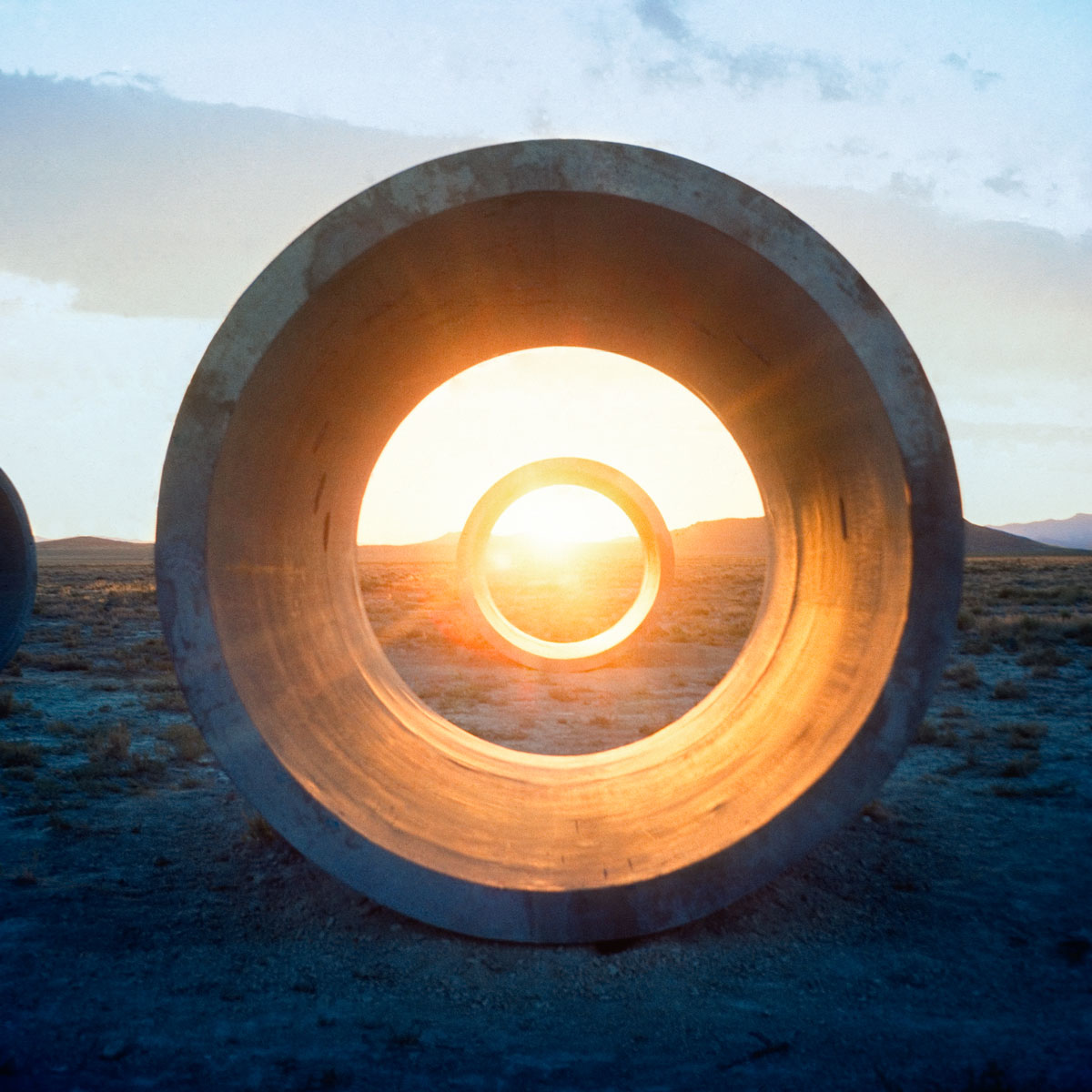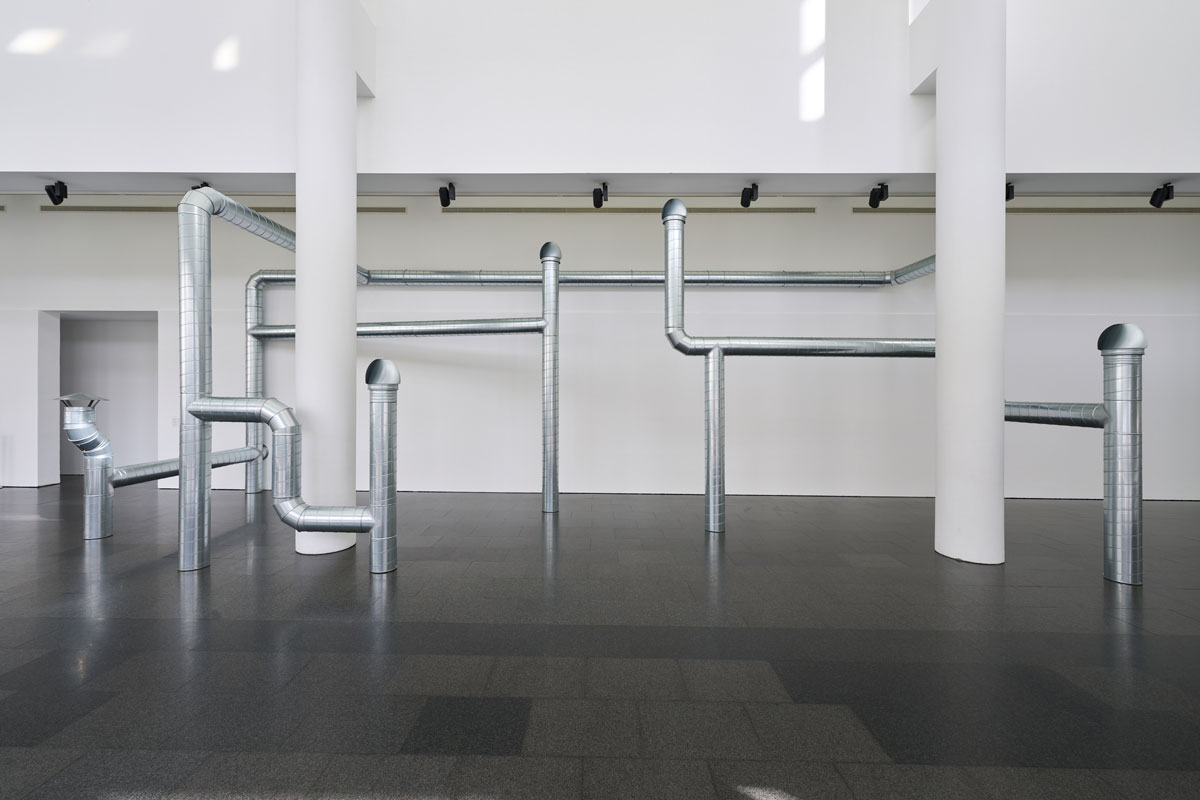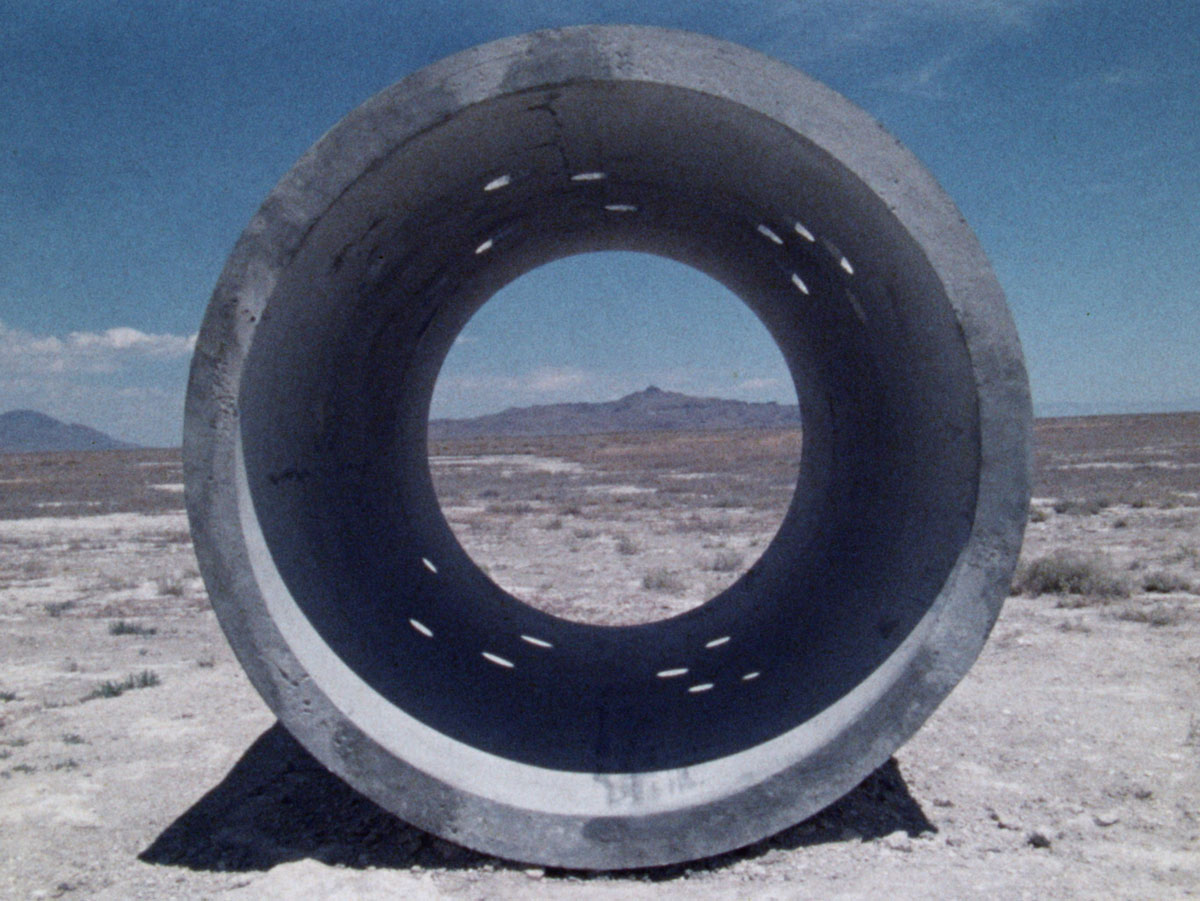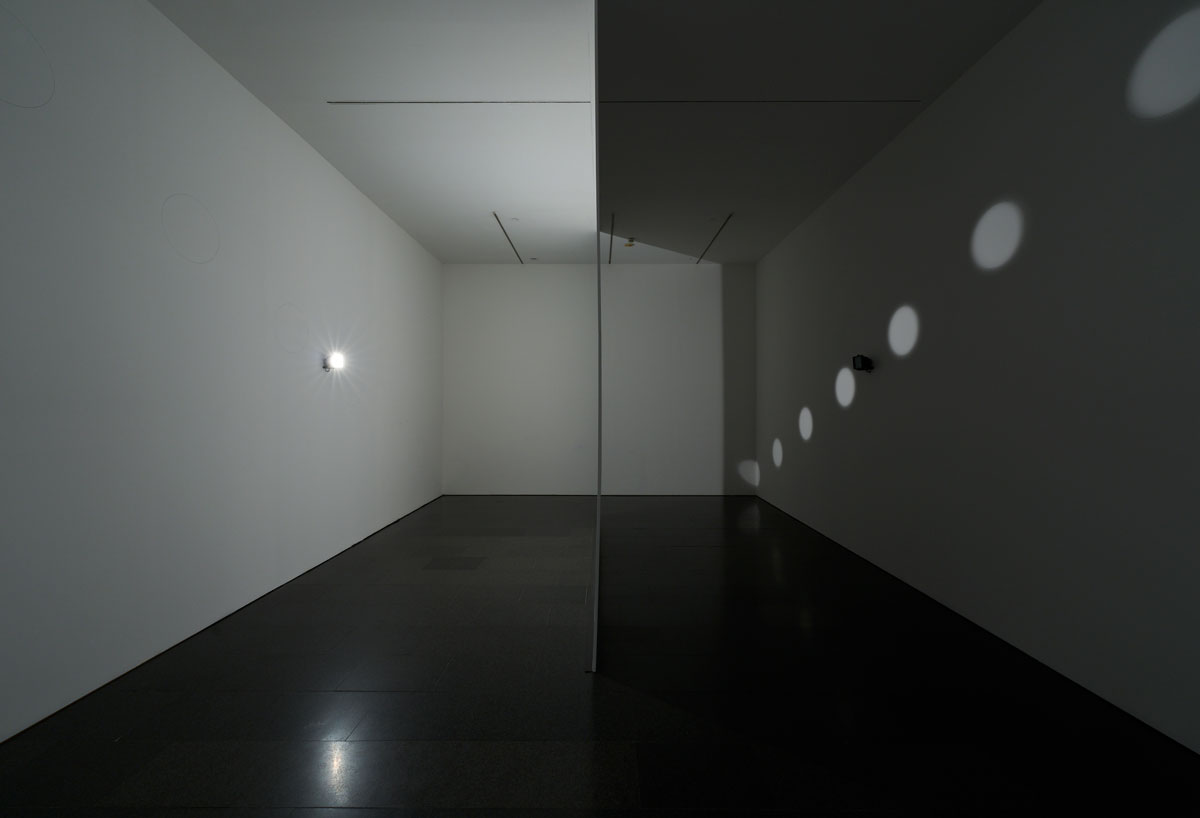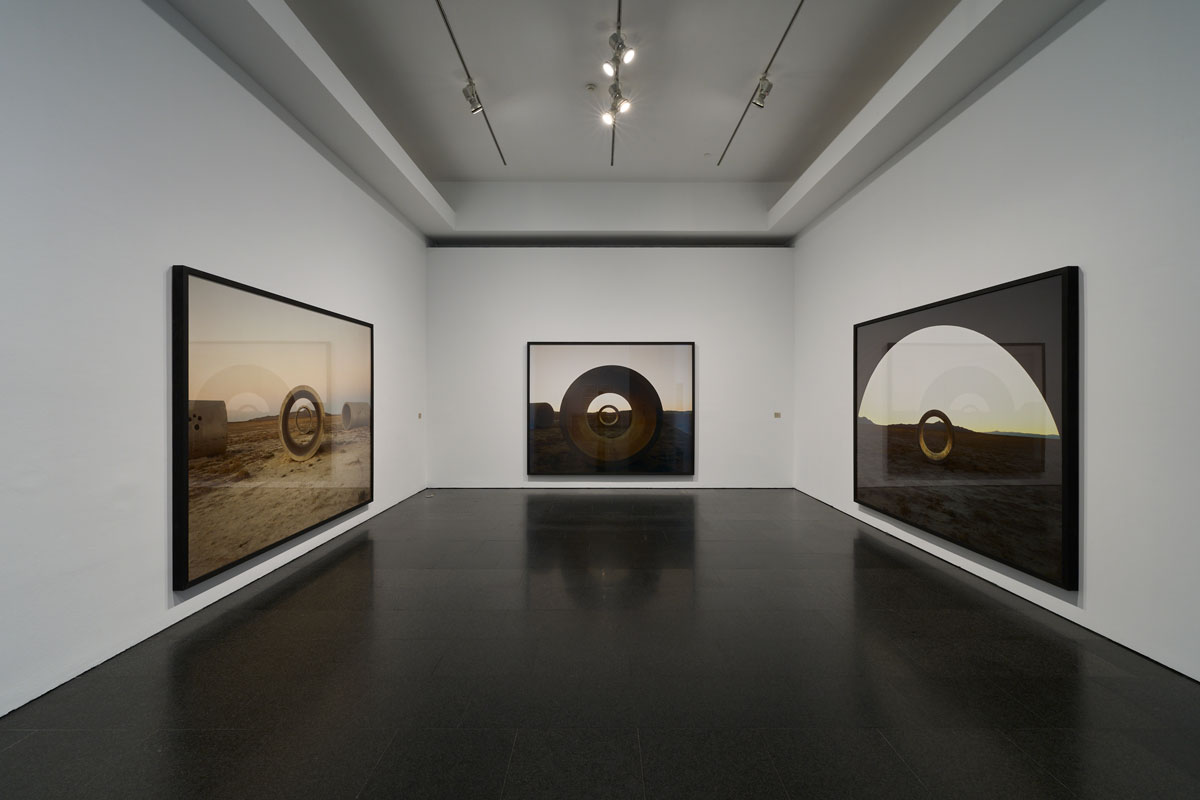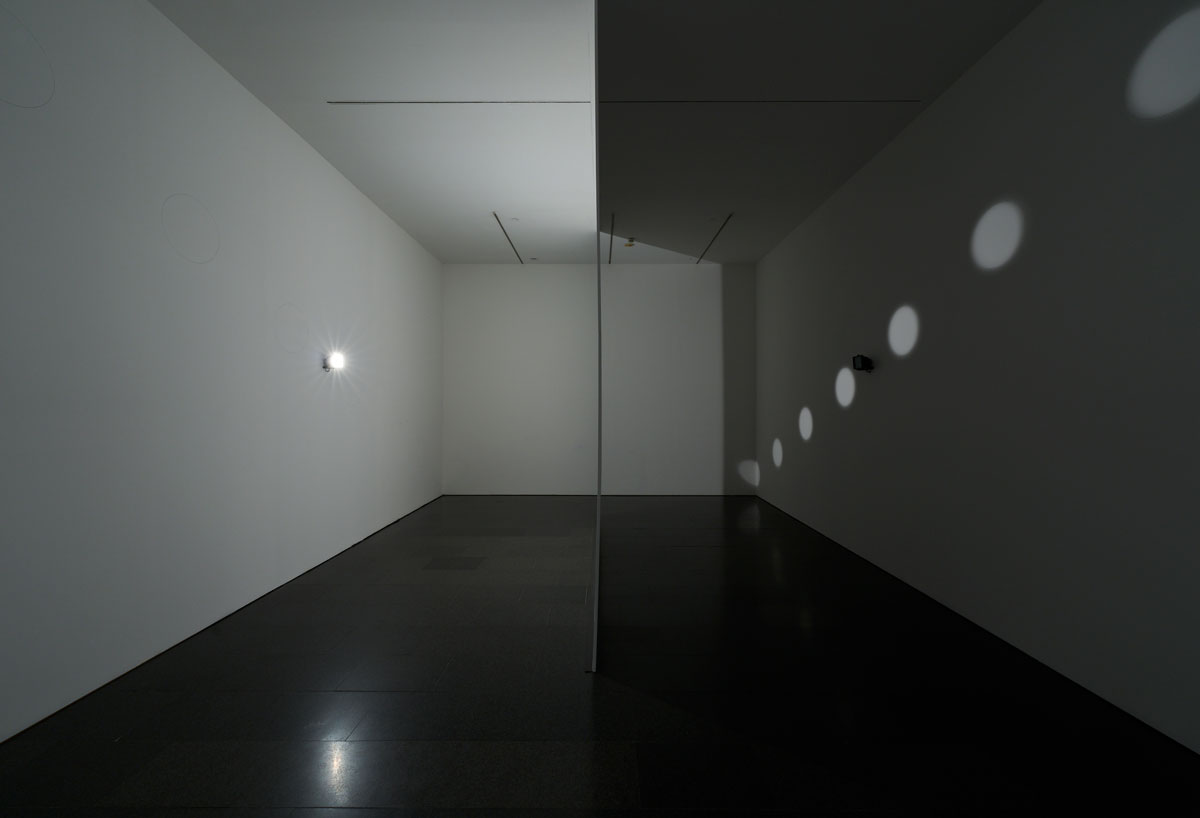PRESENTATION: Nancy Holt-Inside Outside
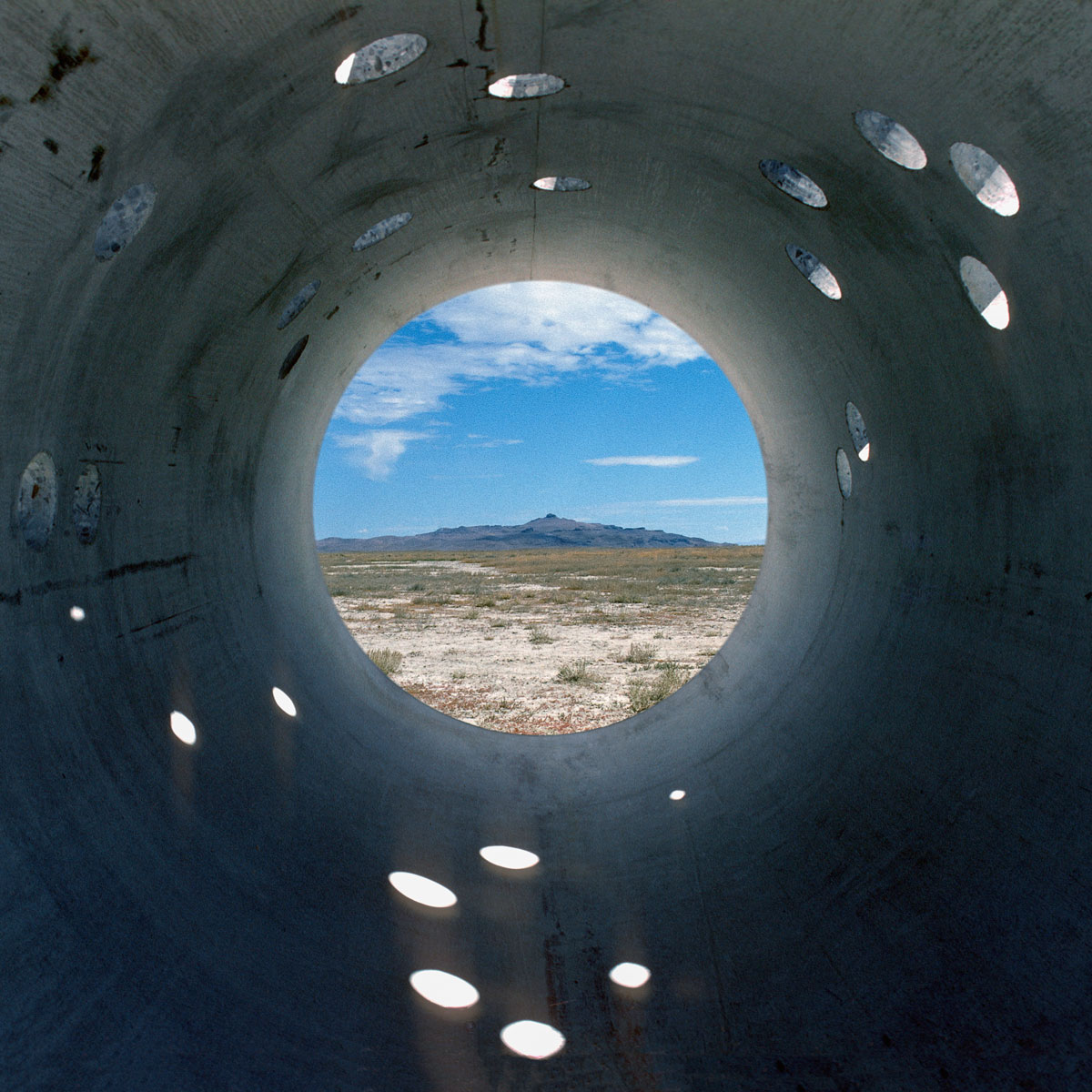 A pioneer of earthworks and public art, Nancy Holt also worked in sculpture, installation, film, video, and photography for over 30 years. She is best known for her large-scale environmental sculptural works, including “Sun Tunnels” in Northern Utah and “Dark Star Park” in Virginia. Also in the ‘70s, Holt made a series of pioneering film and video works. Holt’s early videos, explore perception and memory through experiments with point of view and process.
A pioneer of earthworks and public art, Nancy Holt also worked in sculpture, installation, film, video, and photography for over 30 years. She is best known for her large-scale environmental sculptural works, including “Sun Tunnels” in Northern Utah and “Dark Star Park” in Virginia. Also in the ‘70s, Holt made a series of pioneering film and video works. Holt’s early videos, explore perception and memory through experiments with point of view and process.
By Dimitris Lempesis
Photo: MACBA Archive
Nancy Holt was a central figure in the New York art scene and was an innovator of site-specific installation and the moving image. The exhibition “Inside Outside” is the most extensive European survey of Holt’s practice and the most ambitious presentation ever of her multifaceted artistic oeuvre. Through a selection of works spanning from 1966 to 1992, it includes film, video, photography, concrete poetry, sound works, sculpture and room-sized installations, as well as drawings and documentation of her Land art. Two installations from her site-responsive series “System Works” are presented in their first posthumous iterations, including “Ventilation System”, a playful sculpture covering several floors, both indoors and outdoors, in dialogue with the architecture of MACBA. Nancy Holt’s first artworks were made in 1966, taking the form of concrete poems—artworks testing the structure, content and form of language. Holt’s concrete poetry toolkit included the found language of fortune cookies, placenames and exhibition descriptions. She would often substitute a photocopy for a first-generation typewritten language work, testing to see if the circularity of repetition might make any difference to the form or the content. Photostats and photocopies use basic principles of electricity and photoconductivity to expand the distribution of text and images, and in the late 1960s these machines were indispensable communication tools. In “Concrete Poem” Nancy Holt captures theatre-marquis letters that have been seemingly dropped and dismantled on concrete steps. Holt took this image in Las Vegas, Nevada in 1968, on her first trip to the desert. It marks the moment that she began to create visual rather than textual poems using her camera. A year after developing her first concrete poems, Nancy Holt made “Stone Ruin Tour”. This important work extends her exploration of language from the page to the landscape, and it marks her first experiments with both sound and photography. In June 1967 Holt tape-recorded herself dictating a tour through a crumbling labyrinthine garden in Cedar Grove, New Jersey. This she partially transcribed to create an imperfect and unfinished map to explore the site, which she then gave to artist friends—Michael Heizer, Joan Jonas and Robert Smithson—as a guide through the location. Throughout her six decades of making art Nancy Holt involved others—expert tradespeople, artist friends or those with a particular and personal understanding of site. The artist Joan Jonas is someone who appears in several works, including “Stone Ruin Tour” (1967), the video “East Coast/West Coast” (1969), and the composite photographs “Over the Hill” (1968) and “Down Hill” (1968). Jonas is captured moving through sand dunes in New Jersey, her footprints temporarily marking the surface of the landscape. Charting travel and the movement of the human body in space through a system of serial images is a recurring focus in Holt’s early photographic series. Holt described these images as being “my Woman in the Dunes,” referring to the 1964 film directed by Hiroshi Teshigahara.Travel was an important part of Nancy Holt’s work, and she used the interstate highway network and her camera to create visual poems from repeating observed occurrences. Several times Holt turned her photographic eye to graveyards: sites full of enduring sculptural concerns with memorial and material encounters. “Western Graveyards” brings together 60 gravesites in Lone Pine, California, and Virginia City, Nevada, which Holt shot in 1968 and formed into a series in 2012. This photographic series addresses foundational concerns within land art—place, site, time and human marks on the landscape.
In 1969 Nancy Holt travelled with Robert Smithson to England and Wales, a trip during which both artists made several artworks responding to the landscape. During a day in Wistman’s Wood in Dartmoor National Park, Holt created her first of four Buried Poems, which was dedicated to Smithson. In a 2012 interview Holt described her Buried Poems: “A site evokes a person, and I bury a poem for that person and later give the person a booklet including maps, detailed directions and a list of equipment (such as a compass and shovel) in order to find it. To me, Wistman’s Wood conjured up Bob’s persona in a striking way.” The photo composite “Wistman’s Wood” illustrates the textures and details of the trees, ferns and stones in the natural environment where Holt created her “Buried Poem”. During a trip to Great Britain in 1961, Nancy Holt visited Dartmoor National Park, where she created the photowork “Trail Markers”. The orange circles seen in each of these 20 square images were created as a wayfinding device for hikers through the landscape, and Holt described this as an artwork waiting to be captured. The dots highlight a human construct within a vast natural expanse, linking to Holt’s interest in systems and human movement through space and time, and to her fascination with the circle. While on a short visit to Miami in 1969 Nancy Holt produced the photo series “Miami Puddles”, a visual poem created through serial image making. “Miami Puddles” uses a self-determined system of seeing to engage with the city of Miami solely through photographing puddles, foreshadowing Holt’s later works that use reflecting pools of water and her System Works, considering the aesthetics and technology of water drainage. The journey to Miami followed a trip to the Yucatán, Mexico, where Holt photographed several drainage systems. In her slide lectures she would juxtapose these series. In 1971 Nancy Holt created her first sculptures, which she named Locators. These “seeing devices” draw attention to visual perception and place. They are simple constructions made from industrial piping welded into a T-shape, made to be viewed through with one eye to direct attention to the time-bound processes of vision. The Locators developed from Holt’s interest in photography—a serial, circular, seeing medium that enabled, as she often would say, “vision to be fixed”. Holt first installed the Locators in her New York City studio. Some faced outside, looking through windows and focusing on overlooked details such as an exhaust pipe or a cracked window. In “Locator with Mirror “(1972) one sees oneself seeing. In 1972 she used the Locators to focus on the process rather than the subject of looking. In “Locators with Loci” (1972) reveals how various elongated ellipses all resolve into the same circle. This same year Holt moved her Locators into the landscape, first with “Missoula Ranch Locators: Vision Encompassed” (1972). She set up a circle of eight Locators in the rural landscape of Montana, each looking inwards and outwards to enable a new understanding of place by concentrating vision. Holt transitioned this idea to a larger scale in her works “Views through Sand Dune” (1972) and “Hydra’s Head” (1974), and her landmark “Sun Tunnels” (1973–1976). “California Sun Signs” is a visual poem in which Nancy Holt collects the word “sun” as it appears in commercial and infrastructural contexts. Holt took these photographs on 126-format film while on a road trip through California in 1972. These 19 images create a self-contained system that captures the world around Holt on a particular journey.
In “Going Around in Circles” Holt worked with curator and art critic Bruce Kurtz and his students at Hartwick College in Oneonta, New York. A board perforated with five circular holes was placed in front of a camera, and the apertures were variously covered and uncovered. Through the circles five subjects are seen moving between five points, following instructions to turn in circles. This recording was then watched and discussed by the participants, who share the differences between the experience on the ground and the experience through the playback monitor. For “Zeroing In”, Holt and the novelist and critic Ted Castle visually explore the urban landscape of New York City. The pair view a video recording of a New York City street intersection, seen looking down from a tall building. Two props are involved: a cylindrical tube and a black piece of board, from which five circular closable peepholes were cut. These obstacles are placed between the camera and the vista to reveal different sections of the view. Holt persistently asks, “what do you see?” As objects are alternately obscured and identified, disoriented and located, a rich dialogue emerges on ideas of viewership, identity, cognition and experience. “Holes of Light” consists of a room bisected by a wall, which is perforated by eight circular holes arranged along a diagonal. Two lights are located on either side of the wall, and an alternating current switches between them, making one side of the room dark and the other light. The projections of light are outlined on the walls in pencil so that the shapes are alluded to even when they cannot be seen. The work generates a dynamic experience of the relationships between viewer and art object—practical and perceived, as well as sensory and conceptual. Both “Holes of Light” and “Mirrors of Light” are room-sized installations Nancy Holt made in the first half of the 1970s that explore the qualities of reflected light. Whether emanating from the stars or plugged into electricity grids, the perceptual qualities of light fascinated Nancy Holt. “Mirrors of Light” uses a spotlight and a diagonal row of mirrors mounted on a wall to materialize light reflections and bring awareness to the body in space. The spotlight is focused on the mirrors, and the resulting refractions form ellipses of varying size and proportion that are projected across the room. The mirrors visually appear to double and expand beyond the limits of the room, making the boundary between inside and outside porous. The effect of the work, to use Holt’s words, “can be seen only in durational time—the time it takes to see it from many points of view and from both inside and outside”. “Ventilation System” is part of a series of System Works in which Nancy Holt utilized standard industrial materials to create immersive installations. Holt calls attention to the aesthetics and origins of systems we rely on in the built environment, intending these immersive installations to be “practical yet playful”. In Ventilation System, a network of steel ventilation pipes interacts with the architecture of the museum to give, in Holt’s words, “form to the atmosphere”. Nancy Holt presented four iterations of “Ventilation System” during her lifetime, and the presentation at MACBA is the third posthumous presentation of the work. While travelling through Southcentral Alaska in March 1986, Nancy Holt visited the towns of Eklutna and Chitina, where she created two photographic series: “Alaskan Pines” and “Athabascan/Russian Orthodox Graveyards”. In “Alaskan Pines” Holt communicates movement through space by focusing her lens on a repeating element of the landscape—the pines. “Athabascan/Russian Orthodox Graveyards” demonstrates Holt’s enduring interest in the relationship between people, place and time. The series of nine images studies the unique grammar of a burial ground that mixes the traditions of the Dena’ina Athabascan people and the belief systems of the Russian Orthodox church.
Photo: Nancy Holt, Sun Tunnels (1973-76), Great Basin Desert, Utah, Concrete, steel, earth, Overall dimensions: 9 ft. 2-1/2 in. x 86 ft. x 53 ft. (2.8 x 26.2 x 16.2 m); length on the diagonal: 86 ft. (26.2 m), Photograph: Nancy Holt, Collection Dia Art Foundation with support from Holt/Smithson Foundation, © Holt/Smithson Foundation and DIA Art Foundation / Licensed by Artists Right Society, New York
Info: Curators: Teresa Grandas, Lisa Le Feuvre, Katarina Pierre, MACBA Museu d’Art Contemporani de Barcelona, Plaça dels Àngels, 1, Barcelona, Spain, Duration: 13/7/23-7/1/24, Days & Hours: Mon & Wed-Sat 10:00-18:00, Sun 10:00-15:00, www.macba.cat/

